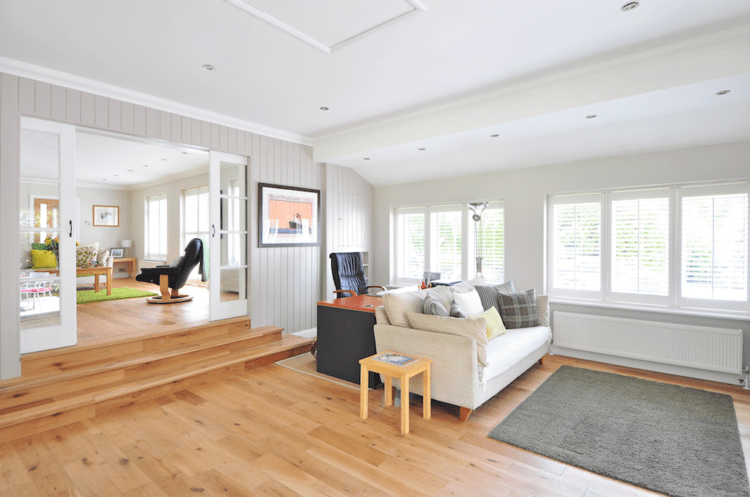How smart can smart homes be in five years?
If the fast adoption of smart home devices and systems is any indication, it could be much smarter than anyone’s imagination.
Market-foresight advisory firm ABI Research projects shipments of smart home devices will reach 252 million units by the end of 2018, up more than 55 percent from 2017.
If this double-digit, year-on-year growth continues in the next five years, the market will see 467 million shart home device shipments by 2023, according to the research firm.
“Now, more than 70 million homes worldwide have one or more smart home devices,” said Jonathan Collins, Research Director at ABI Research. “These devices and their continued adoption are a beachhead for smart home players to position themselves as key partners for new and existing home services and, in turn, draw new revenues from their smart home investment.”
Early this month, International Data Corporation (IDC) released the results of its own smart home tracking, which places market growth for smart home devices at 31 percent year-over-year in 2018.
In IDC’s definition, the smart home market is comprised of smart speakers, video entertainment products, connected lighting, smart thermostats, and home monitoring/security products. In the next five years, it said there will be nearly 1.3 billion such devices, growing at a five-year compound annual growth rate (CAGR) of 20.8 percent.
The fastest growing category will be smart speakers such as the Amazon Echo and Google Home, which is projected to grow faster than the industry at a five-year CAGR of 39.1 percent.
Both research firms identified key smart home players as tech giants Amazon, Apple, Google, and Samsung.
“Increasingly, these and other smart home players will leverage their smart home customer relationships in order to become the gatekeeper for a host of industries looking to connect with consumers in those homes,” said Jonathan Collins, Research Director at ABI Research.
The voice connection
Interestingly, IDC sees another layer in the evolution of smart home devices, which it says is creating a shift in the market.
"Many new types of devices, both inside and outside the home, now include built-in voice assistants. Not only do these help to increase the number of touch points available to end users, but it also helps each assistant to grow by expanding reach and gaining a deeper understanding of what, when, and how users approach various tasks," said Jitesh Ubrani senior research analyst for IDC Mobile Device Trackers.
A recent study conducted by Adobe confirmed this trend. Among the findings of Adobe Digital Insights 2018 is that “people are speaking to their voice assistants at home and on their smartphones a lot more.”
While the survey polled only consumers in the US, the study provided insights into the growing use of voice services for activities like asking for music (70 percent) and the weather forecast (64 percent) via smart speakers, asking fun questions (53 percent), online search (47 percent), checking the news (46 percent), basic research/confirming info (35 percent), and asking directions (34 percent).
ABI Research confirmed that in the past twelve months, powerful smart home entrants have begun extending the services available to their smart home subscribers. It projects that the broader smart appliance market will ship more than 15 million appliances worldwide in 2018 or more than double last year’s number.
The smart home ecosystem
IDC, however, was quick to say that despite capturing the spotlight today, smart speakers “will only be the third largest category in 2022 as numerous vendors launch products with support for Amazon's Alexa or Google Assistant.”
“[Apple’s] Siri, [Microsoft’s] Cortana, and [Samsung’s] Bixby are also expected to establish widespread availability, although none of these assistants will challenge the position of Google or Amazon in terms of unit shipments,” IDC said, adding that there were also smart speakers from Chinese companies like Xiaomi and Alibaba.
IDC considers video entertainment products — smart TVs and digital media adapters, such as Google's Chromecast, Apple TV, Fire TV, and Roku's devices — as the gateway into the smart home ecosystem.
“Acting as the center of the living room, this category is poised for growth and is forecast to reach 457.5 million units by 2022 with a five-year CAGR of 10.9 percent,” it said.
The research firm anticipates immense competition both in content and in price in this category.
Meanwhile, it said that the home monitoring and security devices category, which includes door and window sensors, door locks and IP cameras, remains targeted at “a somewhat limited subset of consumers, specifically homeowners, as most products still do not offer a lot of value for consumers living in apartments.”



